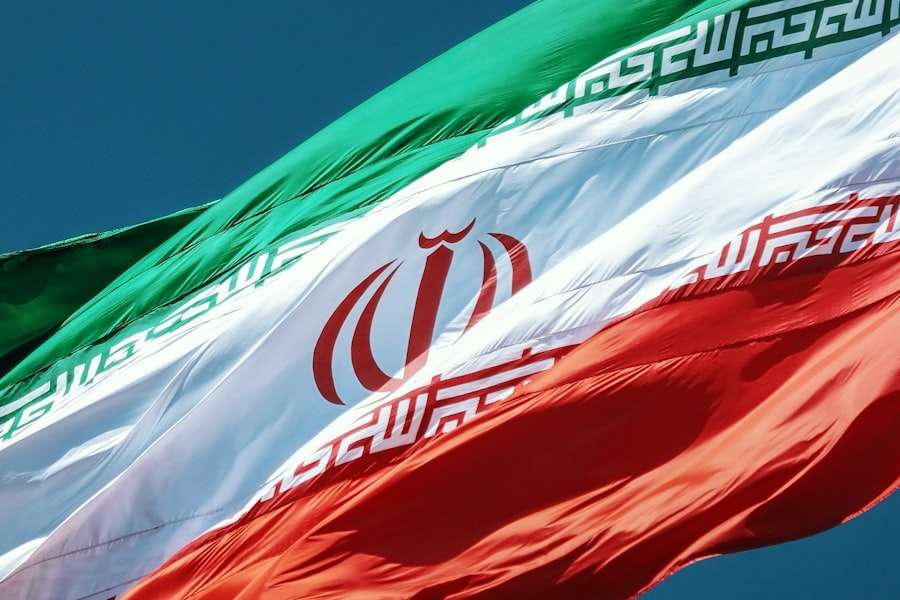How is the star and crescent symbol interpreted in Islamic culture?

The star and crescent symbol has a complex history in Islamic culture, with origins predating the religion itself. While its exact beginnings are uncertain, it gained prominence as the emblem of the Ottoman Empire, a powerful Islamic state that existed from the 14th to the early 20th century. This association contributed to its widespread recognition as an Islamic symbol.
Historical evidence suggests that the star and crescent have roots in ancient Middle Eastern civilizations. The crescent moon was associated with the Mesopotamian moon deity Sin, while the star was linked to the goddess Ishtar. Following the emergence of Islam in the 7th century, early Muslims are thought to have adopted these symbols, incorporating them into their cultural and religious expressions.
It is important to note that the star and crescent is not an official symbol of Islam, despite its common association with the religion. Many Islamic countries and organizations use it in their flags and emblems, but its significance varies across different Muslim cultures and traditions.
Key Takeaways
- The star and crescent symbol has been associated with Islamic culture since the Ottoman Empire, but its exact origin is unclear.
- In Islamic culture, the star and crescent symbol is often associated with the concept of light and guidance, representing the divine presence and the Islamic faith.
- The star and crescent symbol is commonly used in Islamic art and architecture, appearing on mosques, minarets, and other religious structures.
- There are controversies and misconceptions surrounding the star and crescent symbol, with some associating it with political ideologies rather than its original religious significance.
- In modern Islamic societies, the star and crescent symbol continues to be used as a representation of Islamic identity and unity, appearing on national flags and other official emblems.
Symbolism and Meaning of the Star and Crescent in Islamic Culture
Religious Significance
The star and crescent symbol holds deep symbolism and meaning in Islamic culture. The crescent moon is often associated with the lunar calendar, which is used in Islam to determine the dates of important religious events, such as Ramadan and Eid al-Fitr. The star, on the other hand, is often seen as a symbol of guidance and divine light, representing the light of Allah shining down on his followers.
Cultural and Historical Significance
In addition to its religious significance, the star and crescent also hold cultural and historical meaning for Muslims. The symbol is often seen as a representation of the unity and strength of the Islamic community, as well as a reminder of the rich history and heritage of Islamic civilization.
A Symbol of Hope and Renewal
It is also a symbol of hope and renewal, as the crescent moon waxes and wanes each month, symbolizing the cyclical nature of life and the passage of time.
Use of the Star and Crescent Symbol in Islamic Art and Architecture

The star and crescent symbol has been widely used in Islamic art and architecture for centuries, appearing on everything from mosques and palaces to pottery and textiles. In Islamic art, the star and crescent are often depicted in intricate geometric patterns, reflecting the Islamic emphasis on mathematics and symmetry. The symbol is also commonly used in calligraphy, where it is often incorporated into religious texts and poetry.
In Islamic architecture, the star and crescent can be found adorning domes, minarets, and other architectural features. It is often used as a decorative motif, adding beauty and symbolism to buildings and structures. The use of the star and crescent in Islamic art and architecture serves to reinforce its significance as a symbol of Islam, while also adding to the visual richness of Islamic artistic traditions.
Controversies and Misconceptions Surrounding the Star and Crescent Symbol
Despite its long history and deep significance in Islamic culture, the star and crescent symbol has been the subject of controversy and misconceptions in recent years. Some critics have claimed that the symbol has been co-opted by extremist groups as a sign of their radical ideologies, leading to negative associations with Islam as a whole. This has led to misunderstandings about the true meaning of the symbol and its place in Islamic culture.
Additionally, there have been debates about the origins of the star and crescent symbol, with some scholars arguing that it was not originally an Islamic symbol at all, but rather a pre-Islamic motif that was later adopted by Muslims. These controversies have led to confusion about the true history and significance of the symbol, further complicating its place in contemporary Islamic societies.
The Star and Crescent Symbol in Modern Islamic Societies
In modern Islamic societies, the star and crescent symbol continues to hold great significance as a representation of Islamic identity and heritage. It can be found on national flags, currency, and official emblems of many Muslim-majority countries, serving as a powerful reminder of their shared faith and history. The symbol is also widely used in cultural events, religious ceremonies, and public celebrations, where it serves to unite people from diverse backgrounds under a common cultural and religious heritage.
Despite its enduring importance, the star and crescent symbol has also faced challenges in modern Islamic societies. Some groups have sought to downplay its significance or replace it with other symbols, while others have sought to reclaim it from negative associations with extremism. These debates reflect the complex role that the star and crescent plays in contemporary Islamic societies, where it continues to be a potent symbol of identity and unity.
Variations and Adaptations of the Star and Crescent Symbol in Different Islamic Cultures

Regional Variations
In some regions, such as North Africa and Central Asia, variations of the symbol can be found that incorporate local artistic traditions and motifs. These adaptations serve to highlight the diversity of Islamic cultures while also reinforcing the universal significance of the star and crescent as a symbol of Islam.
Sectarian Adaptations
In addition to regional variations, the star and crescent has also been adapted for use by different Islamic sects and movements. For example, Shia Muslims may use variations of the symbol that incorporate elements specific to their faith, while Sufi orders may use it as a representation of their spiritual beliefs.
Dynamism of Islamic Culture
These adaptations reflect the dynamic nature of Islamic culture and its ability to incorporate diverse influences while maintaining a core set of shared symbols and traditions.
The Star and Crescent Symbol as a Representation of Islamic Identity and Unity
Ultimately, the star and crescent symbol serves as a powerful representation of Islamic identity and unity. It embodies the shared history, values, and beliefs of Muslims around the world, while also serving as a reminder of the rich cultural heritage of Islamic civilization. As such, it continues to play a central role in shaping the visual language of Islam, appearing in art, architecture, flags, and other forms of cultural expression.
In an increasingly interconnected world, the star and crescent symbol serves as a unifying force for Muslims everywhere, providing a sense of belonging and shared purpose. It is a potent reminder of the enduring legacy of Islam and its ability to inspire people from diverse backgrounds to come together in pursuit of common goals. As such, it will continue to be an important symbol for Muslims around the world for generations to come.
FAQs
What is the star and crescent symbol in Islamic culture?
The star and crescent symbol is an iconic representation often associated with Islam. It consists of a star and a crescent moon, often depicted together.
What does the star and crescent symbol represent in Islamic culture?
The star and crescent symbol is often associated with the Ottoman Empire and is used as a symbol of Islam. It is commonly interpreted as a representation of the moon and the evening star, which are both significant in Islamic tradition.
Is the star and crescent symbol mentioned in the Quran?
The star and crescent symbol is not mentioned in the Quran, the holy book of Islam. Its association with Islam comes from its historical use in Islamic art and architecture.
How is the star and crescent symbol used in Islamic culture?
The star and crescent symbol is often used in Islamic art, architecture, and flags. It is also used as a decorative motif in various Islamic cultural contexts.
Is the star and crescent symbol universally accepted in Islamic culture?
The use and interpretation of the star and crescent symbol can vary among different Islamic cultures and traditions. While it is commonly associated with Islam, its significance and use may differ in different regions and communities.





